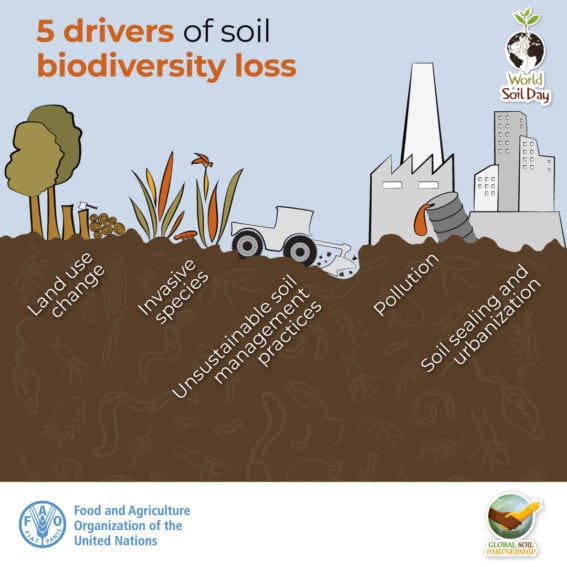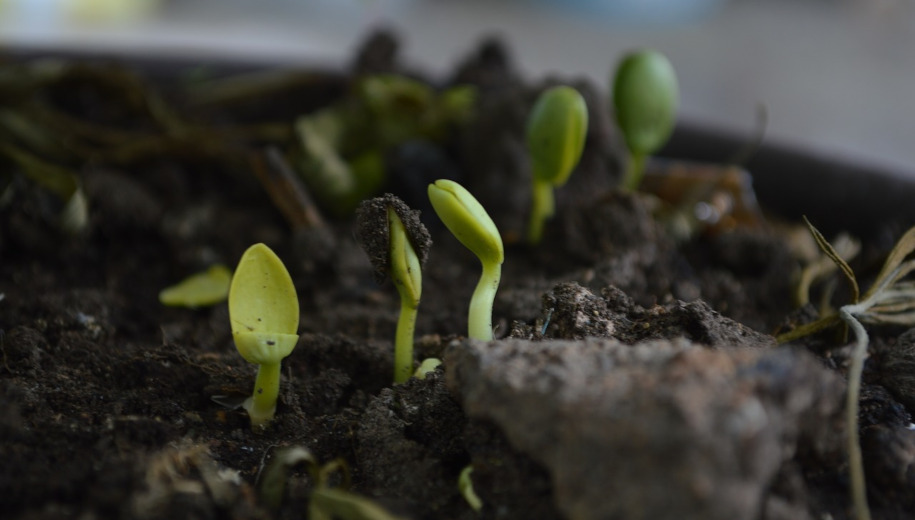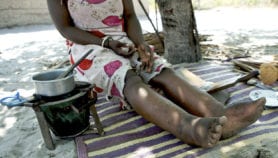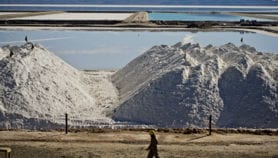寄给朋友
The details you provide on this page will not be used to send unsolicited email, and will not be sold to a 3rd party. See privacy policy.
[MANILA] Healthy soils are vital to addressing wide-ranging global challenges from food insecurity to climate change, but more data is needed to unlock these nature-based solutions, according to a新报告由联合国食品和农业组织(FAO)发行。
The report includes inputs from over 300 scientists from around the world and defines soilbiodiversity从地下生命的多样性,从基因和物种到它们形成的社区,以及它们所贡献的生态综合体以及它们所属的生态综合体。
“土壤生物多样性代表了地球总生物多样性的25%,但我们只知道它的百分之大约1%”
Ronald Vargas, Global Soil Partnership
“Soil biodiversity represents [over] 25 per cent of the total biodiversity of the planet, yet we know only about one per cent of it,” Ronald Vargas, secretary ofGlobal Soil Partnership, a multi-stakeholder initiative backed by粮农组织,告诉SciDev.Net。
土壤生物多样性是实现许多可持续发展目标, but its contribution remains largely underestimated, the report argued. While none of the SDGs directly refers to soil, many of them, such asfood security,waterscarcity,climate change,生物多样性损失和healththreats are closely linked to or dependent on soil biodiversity.
瓦尔加斯指出:“我们对土壤生物多样性的了解不多,但它的损失是由于人类实践不可持续的。”

The report, published 5 December, points todeforestationand fires as some of the largest overall threats to soil biodiversity, causing great changes in vegetation composition in large areas of Latin America and the Caribbean and associated loss of important soil organic carbon in the tropical and sub-tropical grasslands of Sub-Saharan Africa.

土壤生物多样性丧失的五个驱动因素。图片来源:粮农组织。
Meanwhile, across the Southwest Pacific, which includes the Small Island Developing States,agricultural集约化和invasive species are major threats to soil biodiversity. In Asia, where the status of soil biodiversity varies immensely, climate change presents new threats, affecting highlands and coastal areas. Other major threats include urbanisation,pollutionand salinisation.
Threats to soil biodiversity are alarming given their potential applications, says Vargas. “It can help us in agriculture in order to produce with less agrochemicals (synthetic fertilisers and pesticides), it helps us to have safe food, it is crucial for bioremediation of polluted soils, its role in human health is substantive, also in climate change — its potential is huge,” says Vargas.
Rainer Baritz, a soil expert at the欧洲环境局beplay足球体育的微博,告诉SciDev.Net: “This assessment is an up-to-date treasure of knowledge. It is particularly timely and needed because there is still no systematic soil biological monitoring anywhere in the world.”
“Generally, there is a lack of detailed data,policiesand actions on soil biodiversity at local, national, regional and global levels,” says a media release by FAO. It says the report highlights the need to promote创新的technologiesin soil management such as next-generation molecular sequencing to enhance understanding of soil organisms and their potential effects on cropping systems.
According to Vargas, few countries in the world collect soil biodiversity data and information. “That limits the perspective and gives us a call,” he says. “How can we manage what we do not know? We need to invest in evidence and that includes soil biodiversity as part of the soil surveys and national information systems.”
This piece was produced by SciDev.Net’s Asia & Pacific desk.















